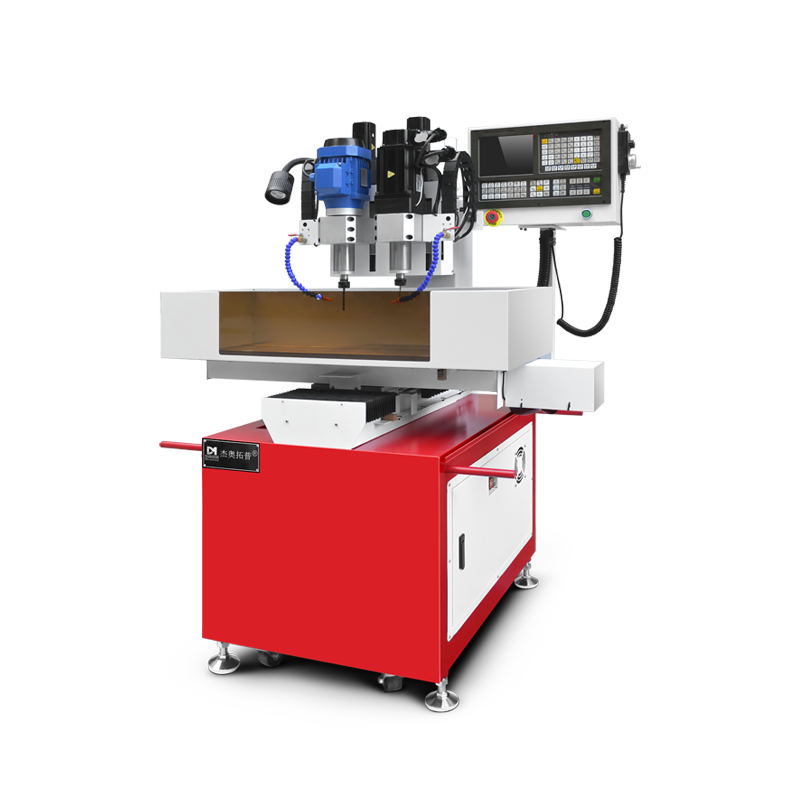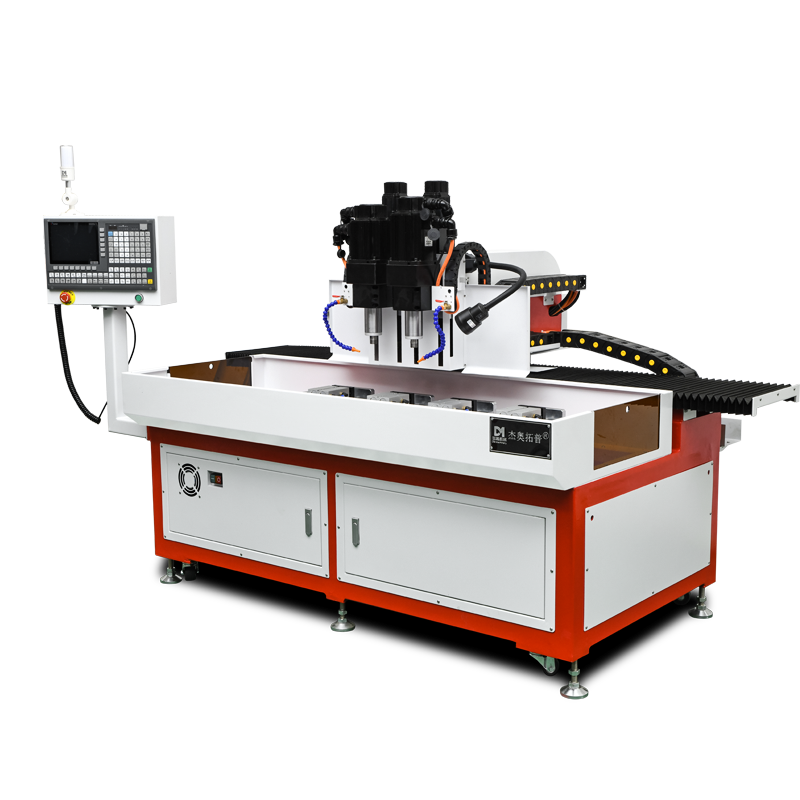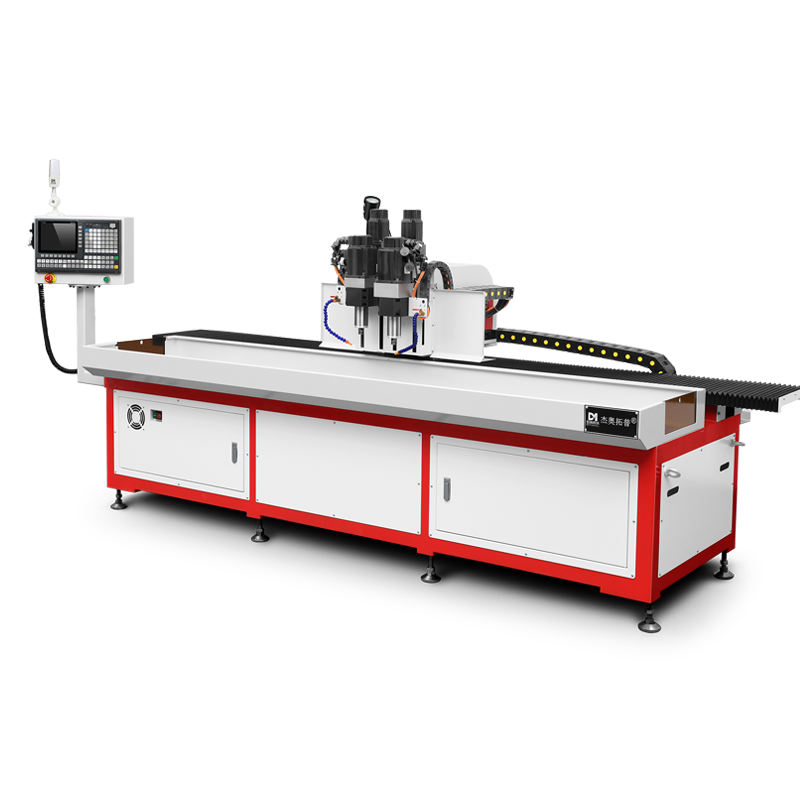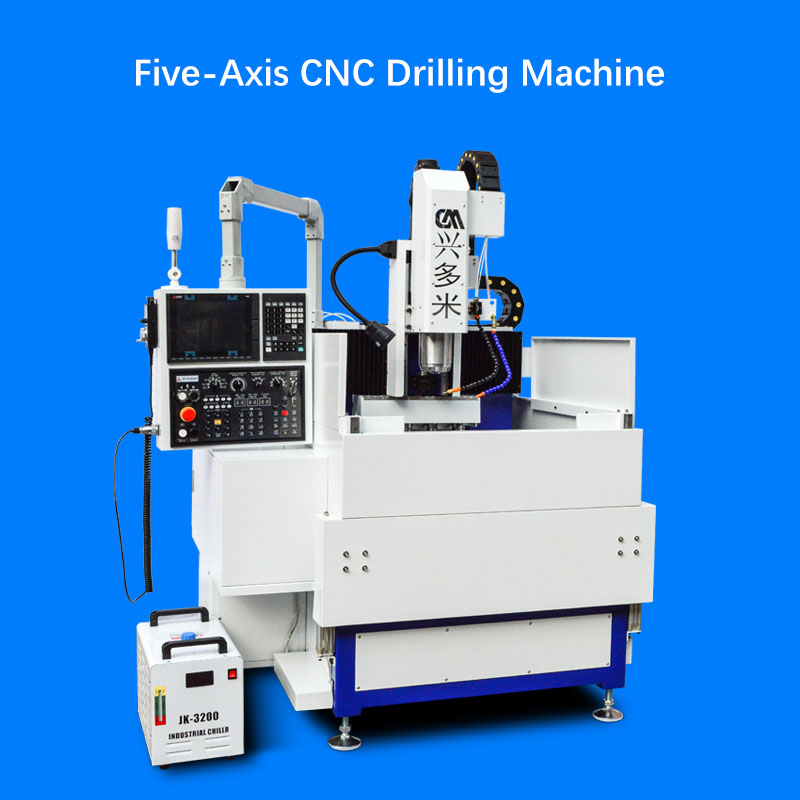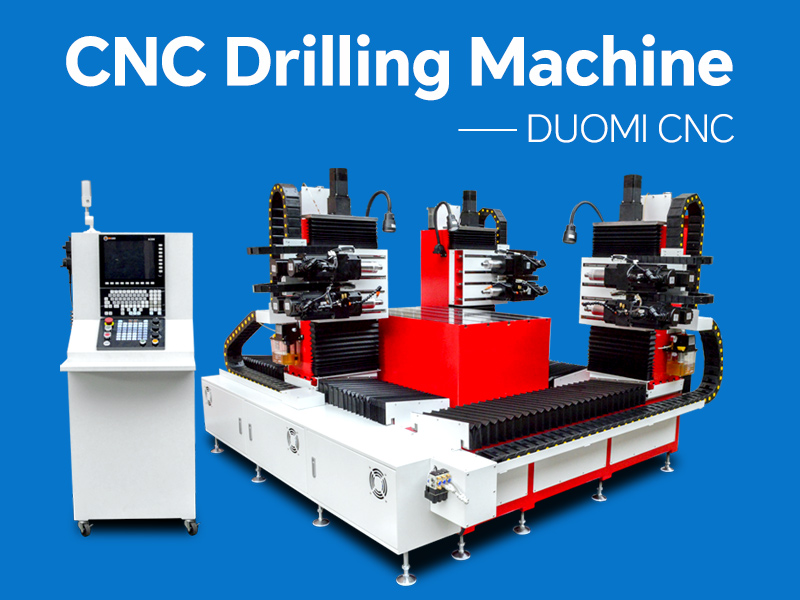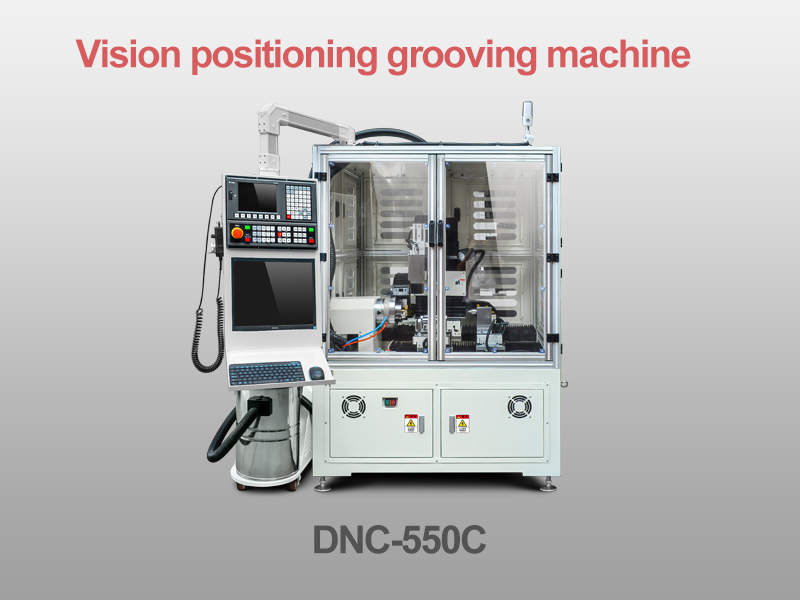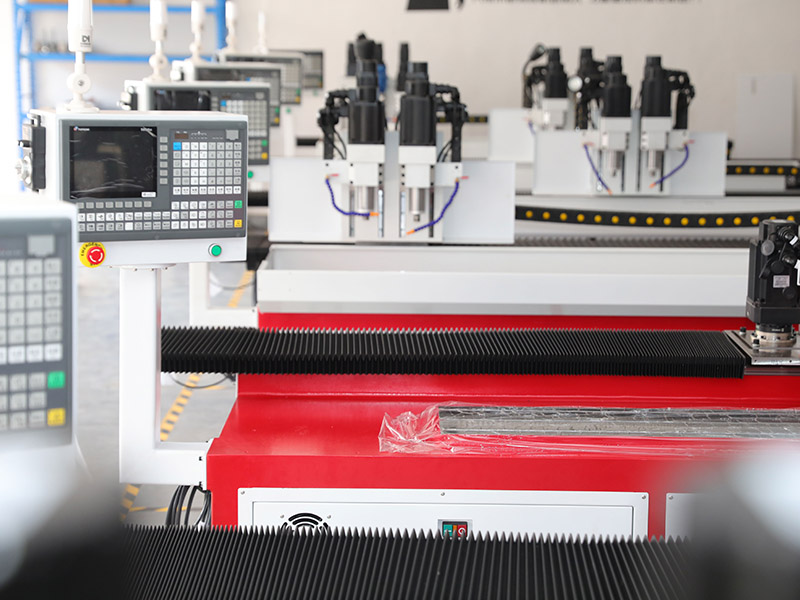Thermal friction drilling is an innovative, non-cutting hole-making technique that utilizes frictional heat to penetrate thin-walled metal materials. Unlike traditional drilling methods that remove material, thermal friction drilling reshapes and reinforces the workpiece, creating strong, threaded holes suitable for high-stress applications. This process is widely employed in automotive, aerospace, construction, and manufacturing industries where robust and reliable fastening is required.
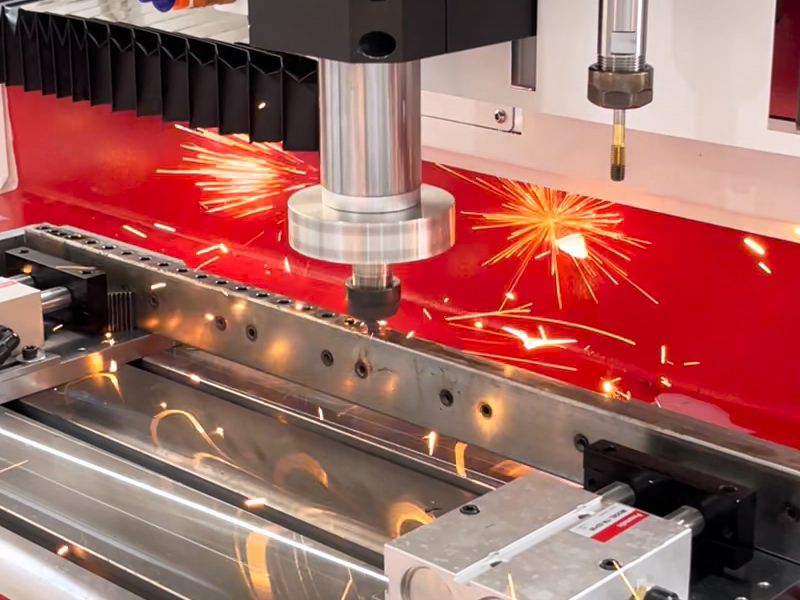
Thermal Friction Drilling machine
Working Principle
The thermal friction drilling process involves a specially designed, conical tungsten carbide tool that rotates at high speeds while applying axial pressure to the material. The friction between the tool and the workpiece generates intense heat, softening the metal and allowing the tool to pierce through without producing chips. As the tool advances, the displaced material forms a bushing or collar around the hole, which can be tapped to create strong internal threads.
Benefits of Thermal Friction Drilling
Enhanced Structural Integrity
Produces a stronger hole by forming a reinforced bushing.
Increases thread engagement length, improving load-bearing capacity.
Material and Weight Savings
Eliminates the need for additional inserts or fasteners.
Enables the use of thinner materials while maintaining strength.
Efficiency and Precision
Faster than conventional drilling and tapping.
Produces burr-free, clean holes, reducing post-processing requirements.
Sustainability
Generates minimal waste as no material is removed.
Reduces reliance on consumable fastening components.
Industrial Applications
Automotive Sector: Used in chassis, engine components, and exhaust systems to create durable fastening points.
Aerospace Industry: Applied in lightweight aircraft structures requiring high-strength connections.
Metal Fabrication and Construction: Ideal for producing structural supports, railings, and enclosures.
Machinery and Electronics: Enhances the strength and longevity of assemblies and enclosures in industrial equipment.
Conclusion
Thermal friction drilling offers a highly efficient and sustainable alternative to traditional drilling techniques, providing increased joint strength and durability. Its ability to create high-quality, chip-free holes in thin materials makes it an essential technique in various industries. As technology advances, thermal friction drilling will continue to play a crucial role in improving manufacturing processes and structural integrity across multiple applications.




